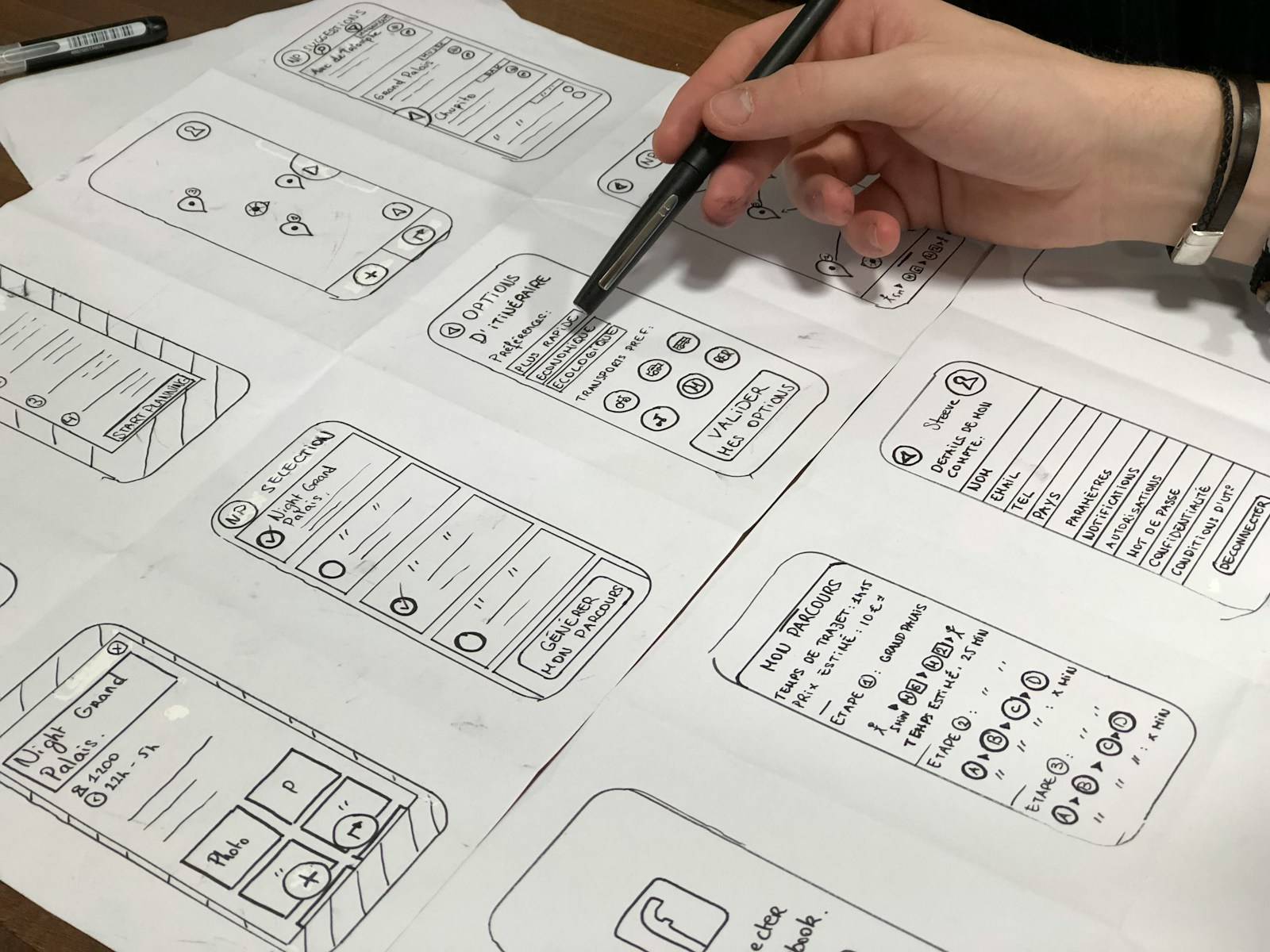Designing a website with the primary goal of achieving higher conversion rates requires a strategic approach that prioritizes user experience, persuasive design elements, and optimization techniques. Here’s a comprehensive guide on how to design a website that effectively converts visitors into customers:
1. Understand Your Audience
Before diving into design, thoroughly research and understand your target audience. Develop user personas based on demographics, behaviors, and needs to tailor your website’s design and content to their preferences.
2. Set Clear Goals and Priorities
Define specific goals for your website, such as increasing sales, generating leads, or driving sign-ups. Prioritize these goals and align each page’s design and content with achieving those objectives.
3. Simplify Navigation
Create intuitive navigation that helps users find information quickly and easily. Use clear menu labels, logical hierarchy, and sticky navigation bars to enhance usability and guide visitors through your site seamlessly.
4. Craft a Compelling Value Proposition
Clearly communicate your unique value proposition (UVP) on your homepage and key landing pages. Highlight the benefits of your products or services and address visitor pain points to persuade them to take action.
5. Optimize Page Speed
Optimize your website’s loading speed to reduce bounce rates and improve user experience. Compress images, minimize HTTP requests, leverage caching, and use a content delivery network (CDN) to ensure fast loading times across all devices.
6. Ensure Responsive Design
Design your website to be fully responsive, ensuring it looks and functions well on desktops, tablets, and smartphones. Test across various devices to guarantee a consistent and user-friendly experience.
7. Implement Clear Call-to-Actions (CTAs)
Place prominent and persuasive CTAs throughout your website to encourage visitors to take desired actions, such as making a purchase or signing up for a newsletter. Use compelling language and contrasting colors to make CTAs stand out.
8. Use High-Quality Visuals
Incorporate high-quality images, videos, and graphics that align with your brand and engage visitors. Visuals should enhance content clarity and appeal while maintaining loading speed optimization.
9. Build Trust and Credibility
Display trust signals such as customer testimonials, reviews, certifications, and security badges prominently on your website. Provide clear contact information, privacy policies, and transparent pricing to build trust with potential customers.
10. Optimize Forms and Checkout Process
Streamline forms and the checkout process to minimize friction and increase conversions. Reduce the number of form fields, offer guest checkout options, and ensure secure payment processing to enhance user confidence.
11. A/B Test and Iterate
Continuously test different design elements, CTAs, layouts, and content variations using A/B testing. Analyze performance metrics such as conversion rates and user behavior to refine your website’s design and improve results.
12. Monitor Analytics
Regularly monitor website analytics using tools like Google Analytics to track visitor behavior, traffic sources, and conversion paths. Use data insights to make informed decisions and optimize your website for ongoing success.
Conclusion
By implementing these strategies and focusing on user-centric design principles, you can create a website that not only attracts visitors but also converts them into loyal customers. Designing for higher conversion rates involves understanding your audience, setting clear goals, optimizing usability and performance, implementing persuasive CTAs, building trust, and continuously testing and refining your approach based on analytics. With a well-designed and optimized website, you can effectively achieve your business objectives and drive growth online.

